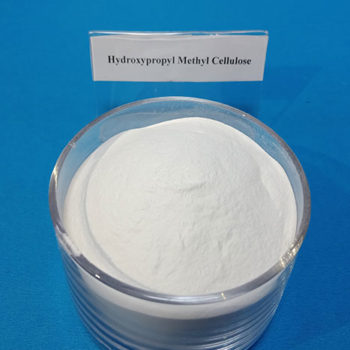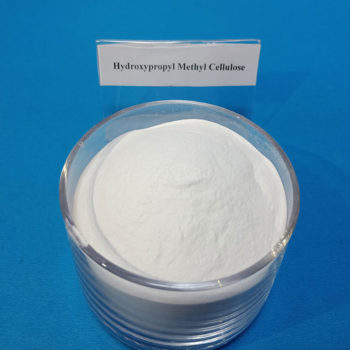Application technology of cellulose ether HPMC in mortar
The role of cellulose ether in mortar is: water retention, increase cohesiveness, thickening, affect setting time, and air-entraining.
Because of its characteristics, it has a wide range of applications in building material mortars.
First, cellulose ether water retention is the most important characteristic in the application of mortar.
The main factors affecting cellulose ether’s water retention: viscosity, particle size, blending amount, active fraction, dissolution rate, water retention mechanism: cellulose ether’s water retention comes from the solubility and dehydration of cellulose ether itself.
Although the cellulose molecular chain contains a large number of hydroxyl groups with strong hydration properties, but itself is not soluble in water, because the cellulose structure is highly crystalline.
The hydration ability of hydroxyl alone is not enough to destroy the strong hydrogen bonds and van der Waals forces between the molecules, so it only swells and does not dissolve in water.
When a substituent is introduced into a molecular chain, not only the substituent breaks the hydrogen bond, but also the inter-chain hydrogen bond is broken due to the wedging of the substituent between adjacent chains.
The larger the substituents are, the larger the distance between molecules is, the greater the hydrogen bond breaking effect. After the cellulose lattice is expanded, the solution enters the cellulose ether to become water-soluble, forming a high viscosity solution.
When the temperature increases, the hydration of the polymer weakens. The water between the chains is expell. When the dehydration effect is sufficient, the molecules begin to aggregate. A three-dimensional network structure gel is precipitated.
(I) Effect of particle size and mixing time of cellulose ether on water retention
With the increase of viscosity, cellulose ether with the same content increases the water retention of the mortar;
As the cellulose ether content increases and the viscosity increases, the water retention of the mortar increases.
When the cellulose ether content exceeds 0.3%, the change of the water retention of the mortar tends to be balance. The water retention capacity of the mortar is largely controll by the dissolution time.
The finer cellulose ether dissolves faster and the water retention performance develops faster.
(2),Effect of cellulose ether etherification degree and temperature on water retention
The higher the temperature, the lower the water retention, the higher the degree of etherification of cellulose ether, the better the high temperature water retention of cellulose ether.
During use, the temperature of the fresh mortar is usually lower than 35 ° C.
Under special climatic conditions, the temperature may reach or exceed 40 ° C.
In this case, it is necessary to adjust the formula and choose a product with a higher degree of etherification, that is, consider selecting a suitable cellulose ether.
Second, the effect of cellulose ether on the gas content of mortar
In dry-mixed mortar products, due to the addition of cellulose ether, a certain amount of fine, uniformly distribute and stable air bubbles are introduce into the freshly-mixed mortar.
Due to the ball effect of the air bubbles, the mortar has good workability. It reduces the cracks and shrinkage of the mortar, and improves the mortar output rate.
Third, the effect of cellulose ether on cement hydration
Cellulose ether has a retarding effect on the hydration of cement-based mortar. The delaying effect increases with the increase of cellulose ether content.
The influencing factors of cellulose ether on cement hydration are: blending amount, degree of etherification, and type of cement.
If you have any questions, you can send them to my email: tanyatao@qinahaochem.com
whatsapp: 17718245679


